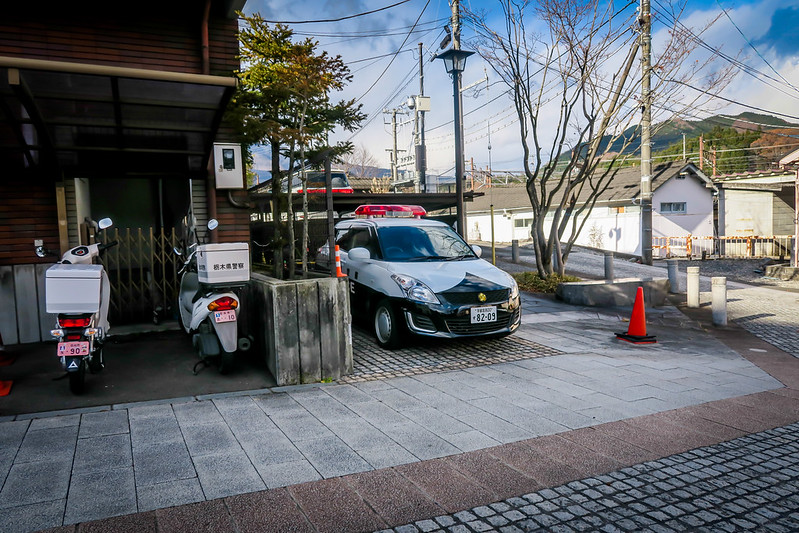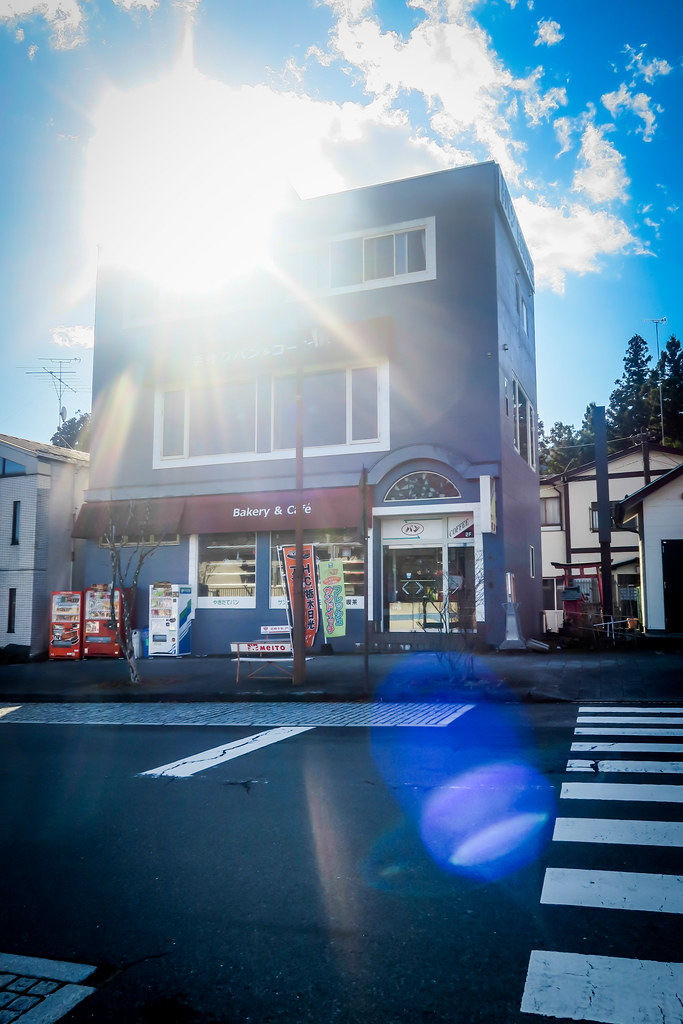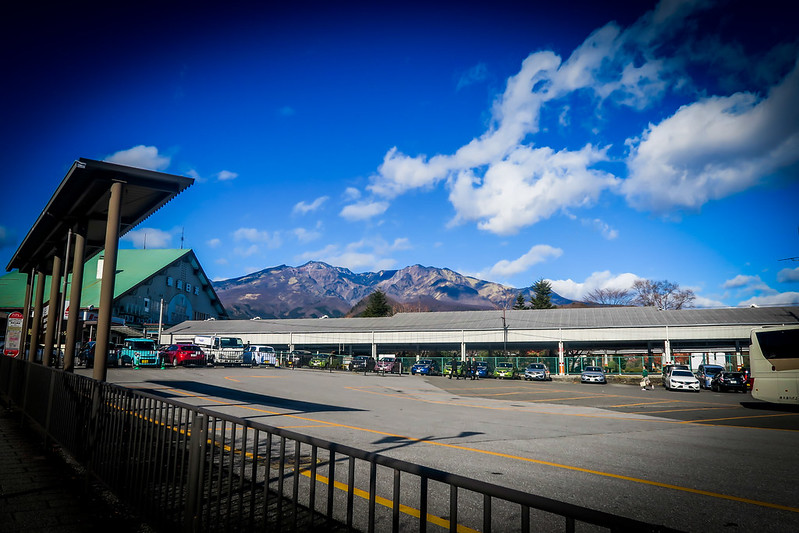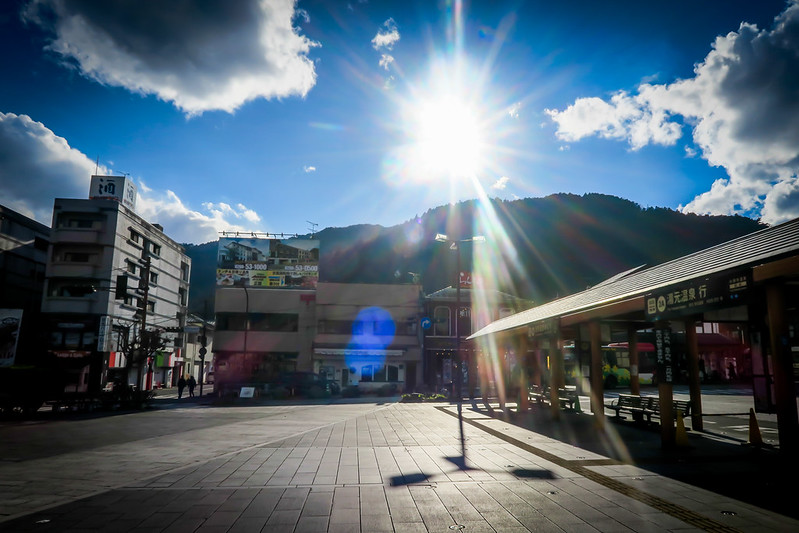
Located in the town of Nikko in Tochigi Prefecture is Nikko National Park, a park famous for its beautiful Toshogu Shrine (built in the 1600s) and the mausoleum of Tokugawa Ieyasu (who founded the Tokugawa shogunate). And the ancient Shinto shrines and Buddhist temples are a UNESCO World Heritage site.
Long ago, before the Meiji restoration, Tochigi Prefecture was once known as Shimotsuke Province and into the Heian period, the area was dominated by the Utsunomiya clan and Nasu clan.
During the Sengoku period, Tokugawa Ieyasu and Tokugawa Iemitsu chose the sacred site of Nikko to be the location of their tombs.
With the abolition of the han system, and leading to the beginning of the Meiji Restoration in 1868, the feudal lords returned their authority to the Emperor Meiji and his house. Prefectures that were once part of Shimotsuke would become Gunma Prefecture and the other Tochigi Prefecture.
I’ve written about Shinkyo Bridge (the bridge you will see before entering the park) and Utsunomiya Station, before heading to Nikko.
But for part 1, let’s talk about arriving to Nikko Station.
Nikko Station is the railway station for East Japan Railway Company’s Nikko Line as part of JR East.
The station first opened back in August 1890 and for nearly a century, was operated by Japanese National Railways (JNR) before JR East took control of the station in 1987.
Because this is a JR Station, you can utilize your JR Pass from Tokyo to this station.




But before you head out, you will want to make a decision. Purchase a bus pass to go to Nikko (very convenient) or to do what I did and decided to walk all the way there and get lost.
When I travel, I like to learn about cities, towns and overall environment and interact with the locals. In this case, I wanted to discover temples and shrines around the vicinity before making it to Nikko’s main tourist attractions.





So, I stepped out and as I watched everyone take the bus, I decided to make my way to the right and take the long walk.


You’ll soon come across the Tobu Nikko Station which is operated by the private railway operator Tobu Railway. A station opened back in October 1929.
As mentioned, JR Pass users will probably use Nikko Station because it’s a JR owned station.
But for those who didn’t need to get a JR Pass and paid to ride on the direct Limited Express Spacia or the limited-stop “Rapid” and “Section Rapid” services from the Asakusa terminal in Tokyo, you will be going to Tobu Nikko Station instead.
Both stations are just a five minute walk from each other.


As you keep walking, you reach to a location where many stores are located and also where you will see a lot of tour buses in the region. If you are hungry, I recommend checking out the restaurants in this area before heading out on your walk.




But as you keep going, you end up in residential, country like areas.








As you walk towards this area in town, as you see residential homes and shops, there are homes that look modern but yet buildings that look like they were built over 70 years ago.
But as you keep going, you will reach two shrines. One is Shoichii Inari Shrine and Oosugi Jinja Kokuzoson which I have blogged about.
But for the next post, I will discuss the Nikko Tourst Information Center and Shinkyo Bridge (just a little, since I blogged about it already) and getting ready to the main entrance.
